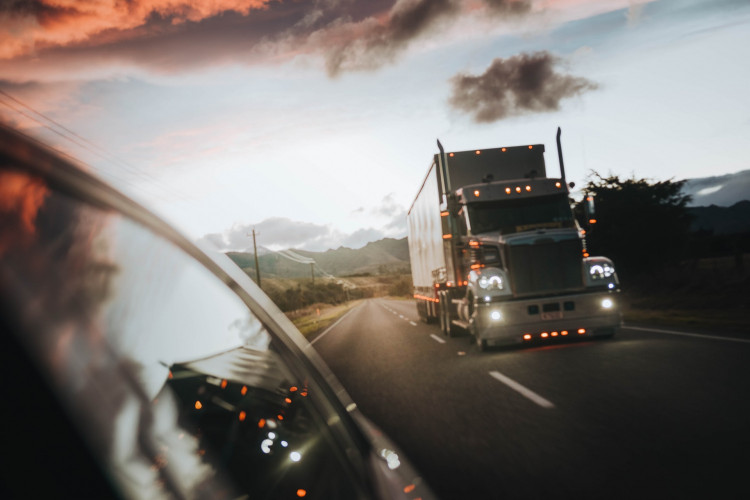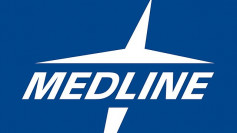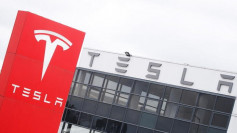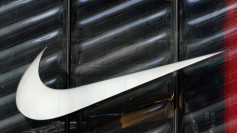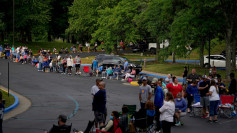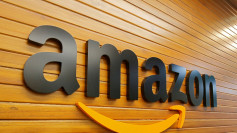Parallel Systems, a company started by three former SpaceX engineers to build self-driving battery-electric rail vehicles, emerged from stealth mode on Wednesday with a $49.55 million Series A funding round.
The company has raised $53.15 million in total funding, including a $3.6 million seed round, and is seeking to build a more efficient, decarbonized freight network that runs on top of existing railway infrastructure.
According to co-founder and CEO Matt Soule, the funds will be used to develop Parallel System's second-generation vehicle and initiate an advanced testing program to help the startup figure out how to integrate its vehicles into real-world operations.
The startup's rail vehicle architecture intends to address a number issues, including carbon emissions in freight, supply chain bottlenecks in transportation, and railway freight limits. The rail network in the U.S. accounts for 28% of all freight movement, but the majority of it is bulk movement activity - huge trains that transport key materials such as coal and lumber.
A lesser fraction of rail freight movement is referred to as intermodal activity, which essentially entails transporting steel containers between other means of transportation, such as boats and trucks.
"Rail has a lot of opportunity to grow when it comes to intermodal, and we focus on this because this is where we think there's competition and appetite for innovation," Soule told TechCrunch.
A battery pack, electric motors, four wheels, and a set of sensors allow each of its rail vehicles to function independently. Parallel Systems is employing the containers themselves to finish the car, bridging the gap between the pairs of wheels at either end of a train car, also known as bogies, because a major amount of the world's freight is delivered via 20-foot containers.
The process is as follows: two cars are spaced far enough apart to support the container, which is lowered by a crane. The cars then cruise the rails using their short- and long-range cameras. Because each rail vehicle is self-contained, it does not need to be part of a long train. In theory, a container supported by two Parallel Systems vehicles might go from point A to point B on its own. In actuality, however, they will most likely travel in platoons.
They aren't called trains by Parallel Systems because the individual cars aren't linked.
Soule admites the startup is still a few years away from commercializing its technology, but it has a chance to dominate this market, especially as shippers around the world demand not only faster, but also cleaner freight.
